
After studying the 2,200-year-old burial, archaeologists learned that the woman was about 40 years old when she died and had probably performed little physical labor during her lifetime. Moreover, an analysis of her teeth suggested this woman liked to eat starchy or sweetened foods.
Even her coffin was remarkable; the woman was buried in a hollowed-out tree trunk, which still had bark on its exterior.
The woman's remains were originally found in March 2017, during a construction project at the Kern school complex in Aussersihl, a district in Zurich. Since then, an interdisciplinary examination by the city of Zurich's archaeology department has illustrated much about this woman's life in 200 B.C. For instance, an isotope analysis of the woman's bones showed that she was a local who grew up in Zurich, likely in Limmat Valley. (An isotope is an element with a different number of neutrons than usual.)

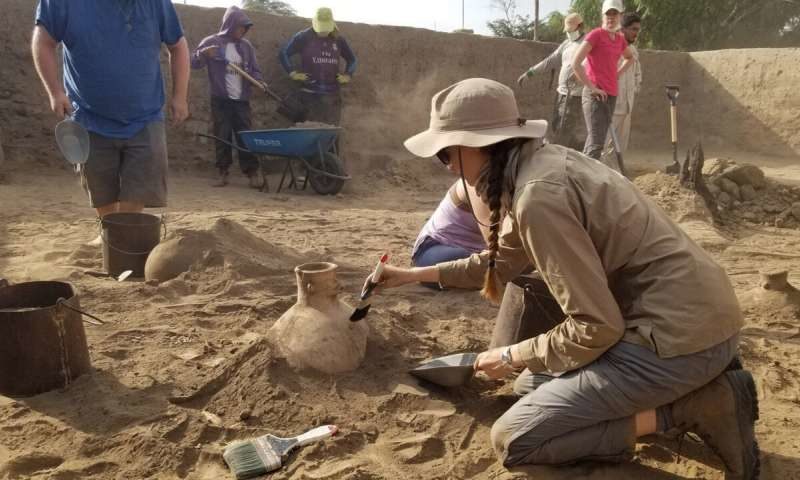
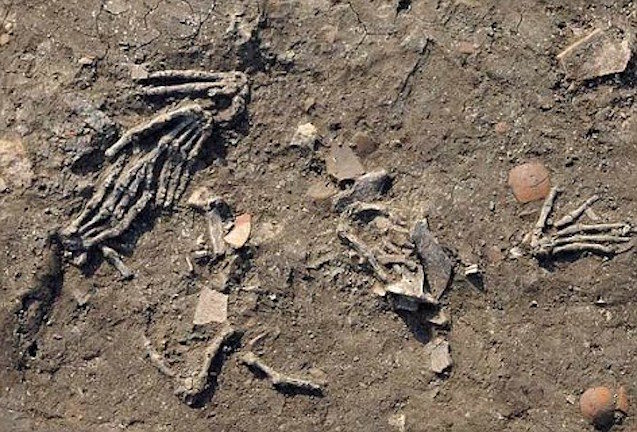
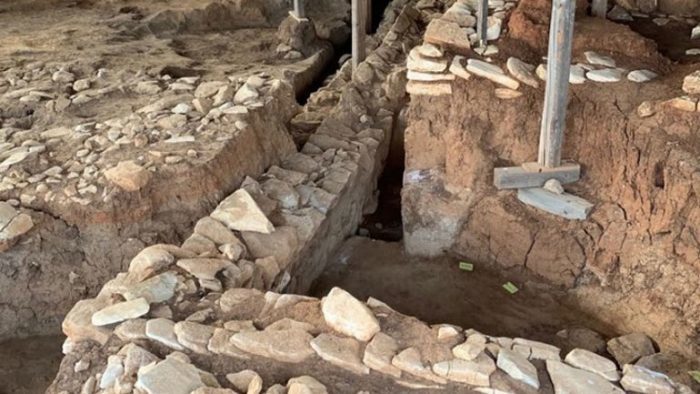

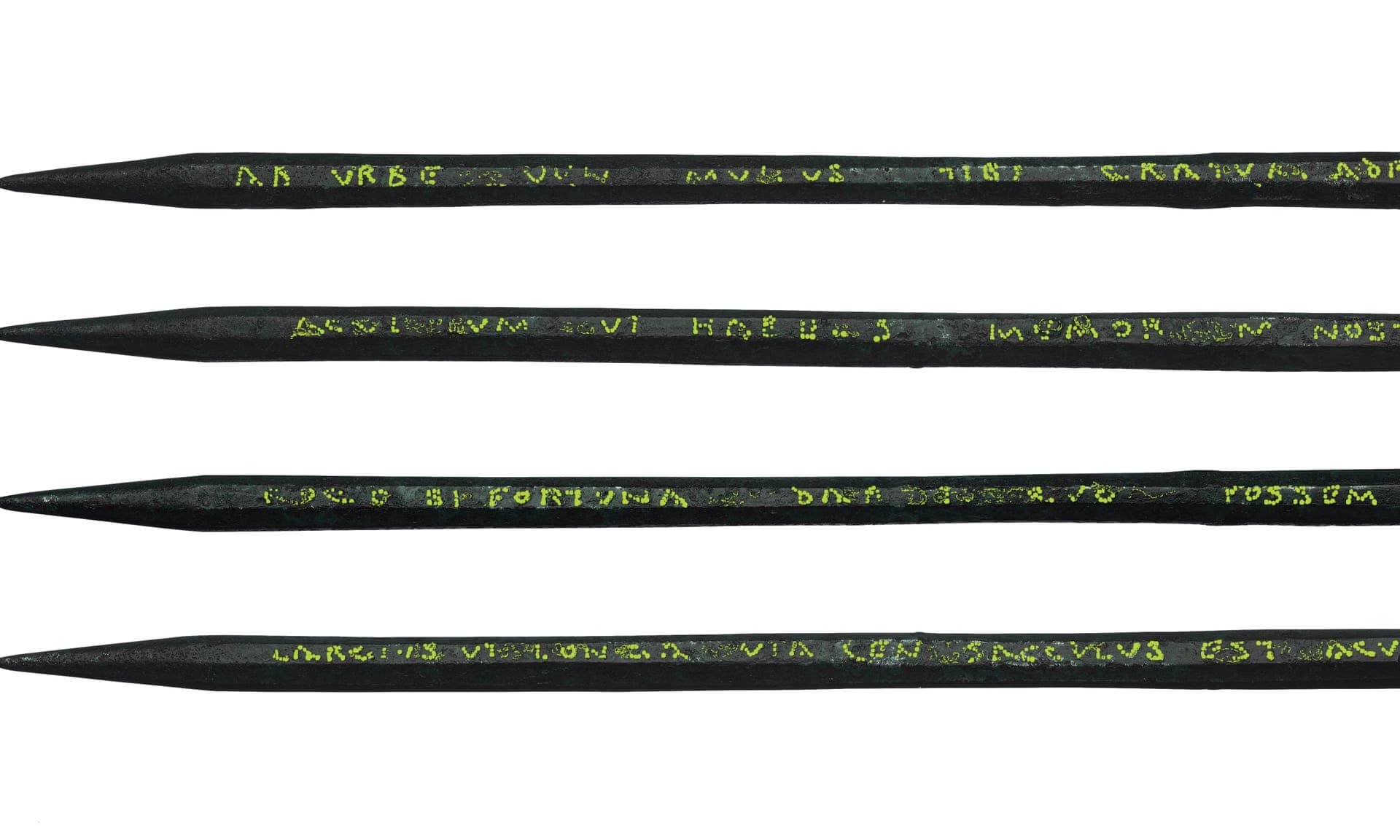
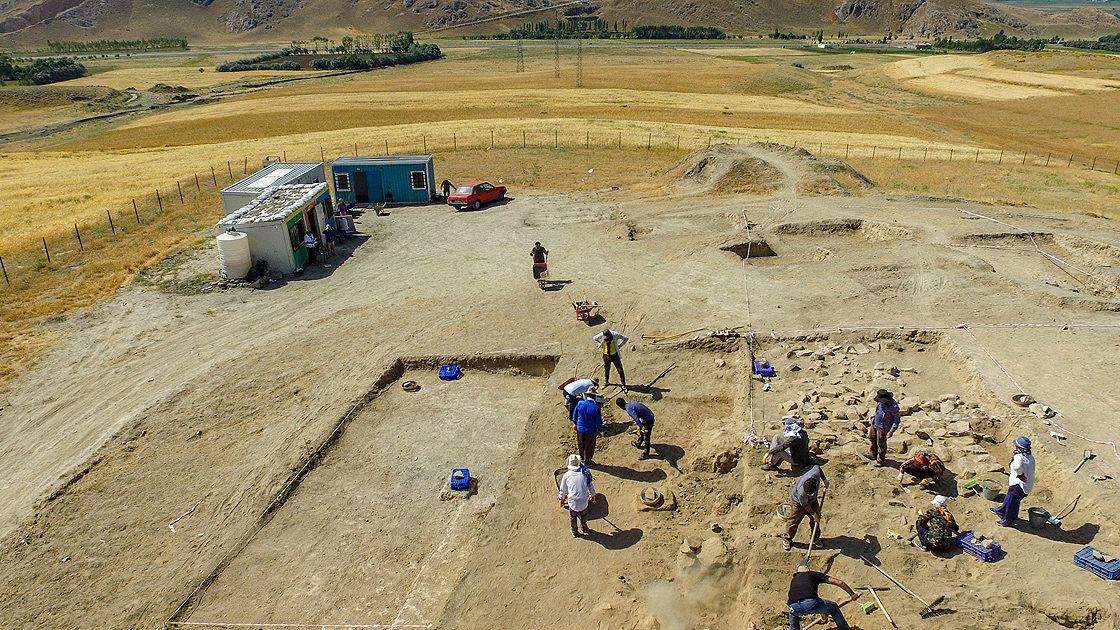
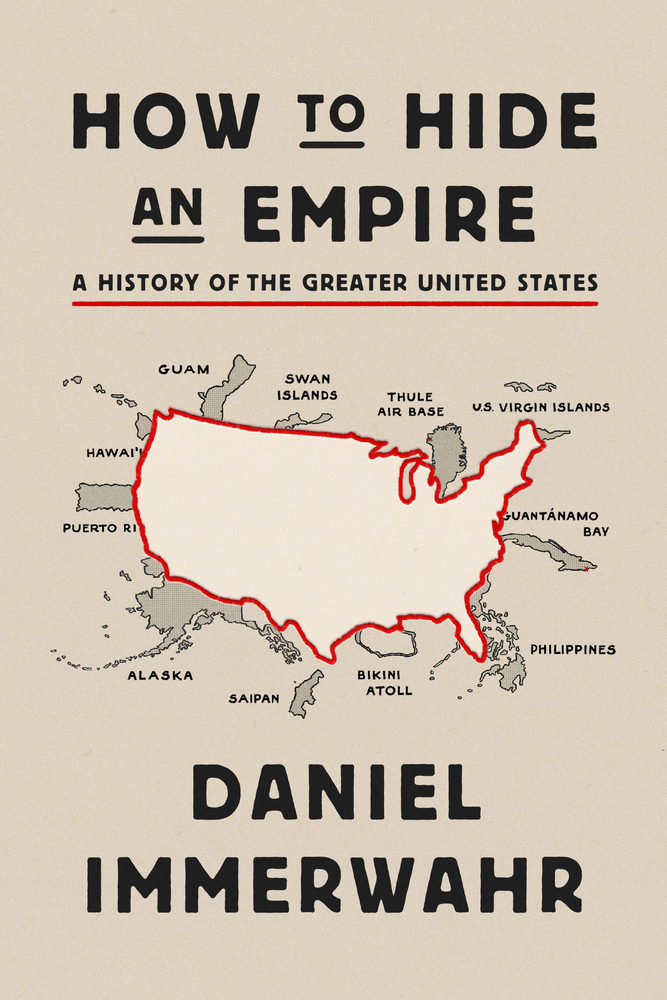

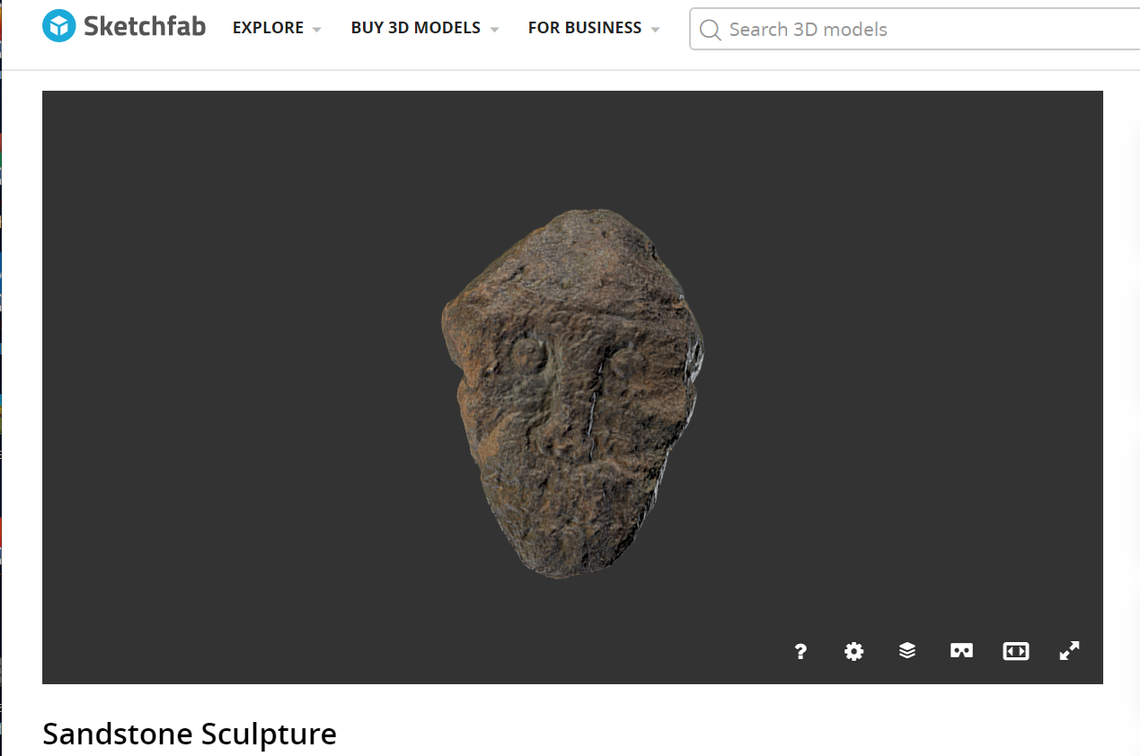



Comment: See also: